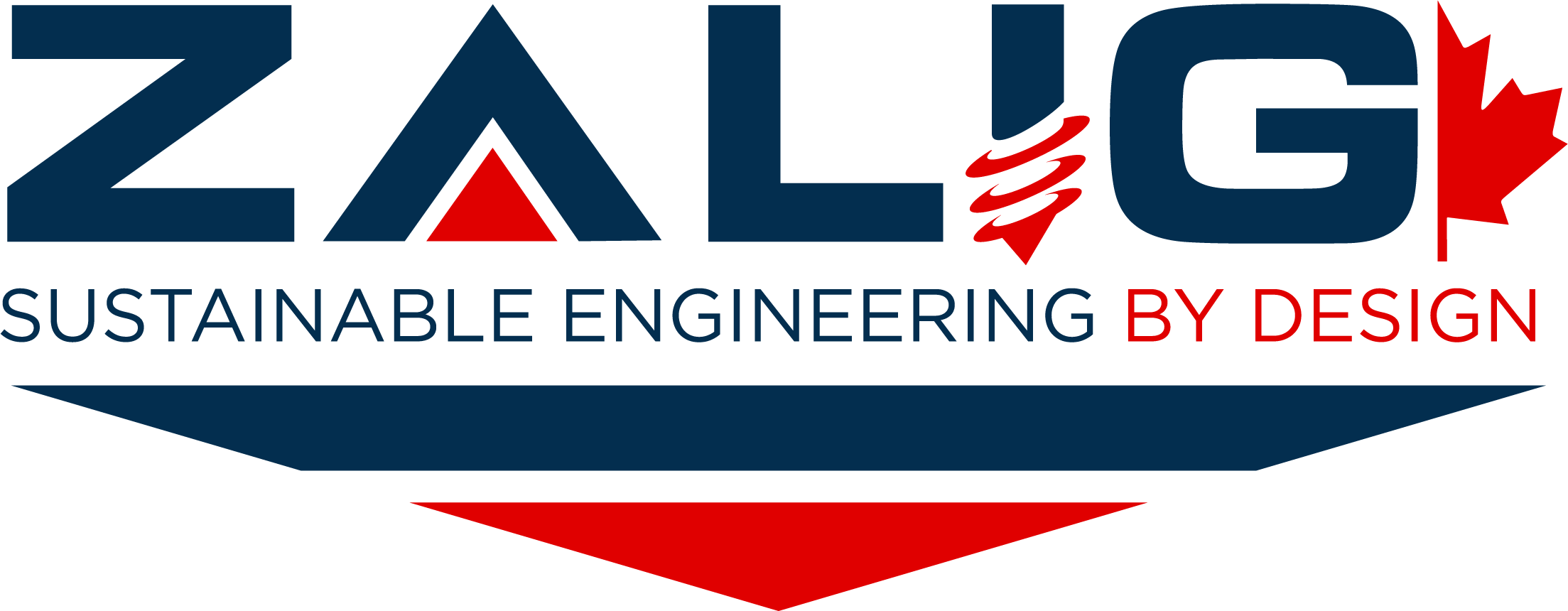- History Of Geosynthetics
Geosynthetics are man-made polymer-based materials that are used in geotechnical engineering and construction, particularly in road construction. Geosynthetics have been used in various forms for over 50 years and have undergone significant evolution over time.
One of the earliest forms of geosynthetics was the use of synthetic fibers in soil reinforcement, which began in the 1950s. These fibers were used to improve the stability and strength of soil slopes and embankments, particularly in situations where traditional reinforcement methods, such as steel or concrete, were not feasible or cost-effective.
In the 1960s, geotextiles were introduced as a means of separating, filtering, and reinforcing soil. Geotextiles are woven or nonwoven fabrics made from synthetic fibers, and they are used to separate layers of soil or aggregate in road construction and to provide filtration and drainage.
The 1970s saw the development of geomembranes, which are impermeable membranes made from synthetic polymers. Geomembranes are used in a variety of applications, including as liners for ponds, reservoirs, and landfills, and as a means of containment for hazardous or contaminated materials.
In the 1980s, geogrids were introduced as a means of reinforcing soil in road construction and other geotechnical applications. Geogrids are made from synthetic fibers that are woven or welded together in a grid-like pattern and are used to improve the stability and strength of soil slopes and embankments.
Since the 1990s, there have been significant advances in geosynthetics technology, including the development of geocomposites, which are composite materials made from a combination of geosynthetics and other materials. Geocomposites are used in a variety of applications, including as drainage layers and as a means of reinforcing soil in road construction and other geotechnical applications.
Overall, the evolution of geosynthetics has had a significant impact on geotechnical engineering and construction, particularly in the field of road construction. Geosynthetics have proven to be cost-effective, durable, and versatile materials that have greatly enhanced the stability and performance of geotechnical structures and have provided new solutions to a variety of engineering challenges.
At ZALIG, we offer a wide range of quality geotechnical, environmental, material testing, transport, survey and hydro-technical engineering services to clients in both the public and private sectors. Operating from our base in Western Canada, our industry-leading experts set the pace in various geotechnical, environmental, and construction service markets. If you need geotechnical engineering services in Alberta, we've got you covered! Get in touch with us today and let's talk about your project!
